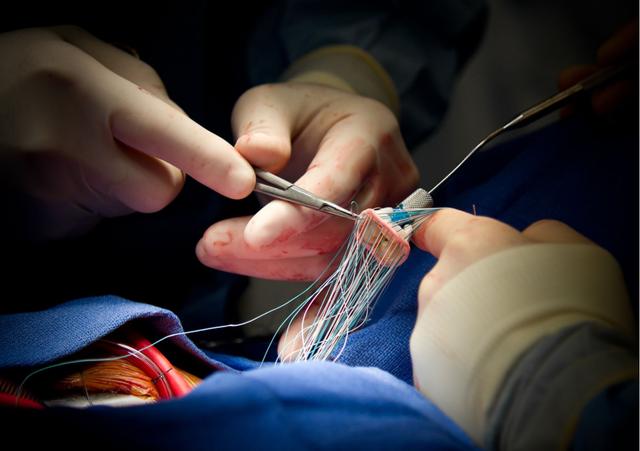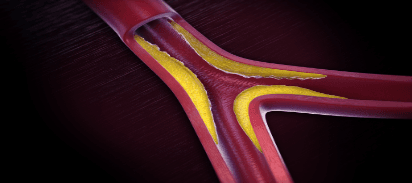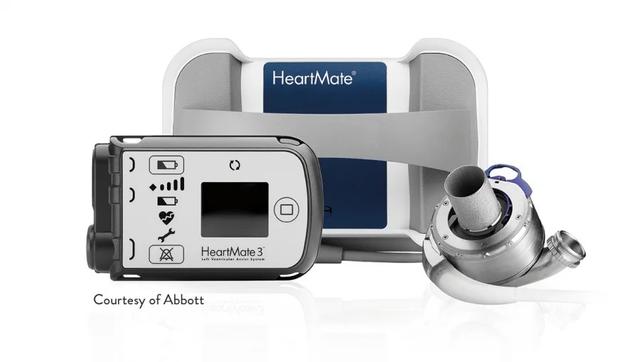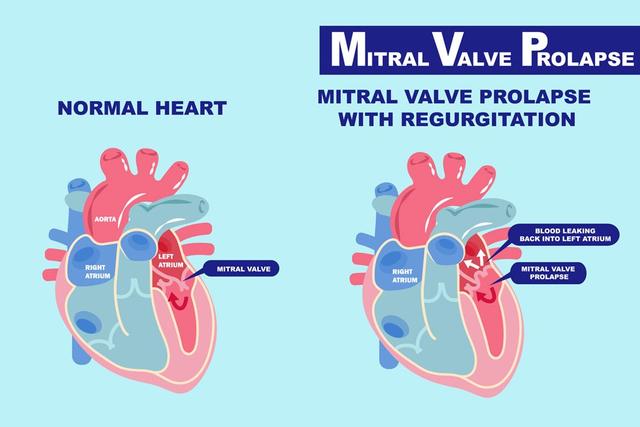
How to deal with Mitral Valve Prolapse?
The mitral valve is a valve that allows blood to go from the left atrium, one of the heart's chambers, to the left ventricle. Part of the mitral valve prolapses freely backward into the left atrium when the condition occurs. This occurs when the left ventricle, the largest heart muscle, contracts throughout each pulse. Mitral valve stenosis is different from mitral valve prolapse. The mitral valve becomes rigid and restricted when there is mitral valve stenosis.
When the mitral valve tissues are abnormally large or damaged, it results in mitral valve prolapse, when the valve slips backward. The cause of mitral valve prolapse is mostly unknown.
Prolapse of the mitral valve can run in families. Additionally, aberrant cartilage problems may be to blame (connective tissue disease). Mitral valve prolapse affects around 8 million Americans.
Mitral valve prolapse symptoms
Most sufferers with mitral valve prolapse are asymptomatic. Additionally, they never have any health issues brought on by mitral valve prolapse.
The most prevalent symptom of mitral valve prolapse in those who have it is chest discomfort. The danger of a heart attack, mortality, or other cardiac issues is not increased by the chest discomfort, despite the fact that it may be extremely uncomfortable and terrifying.
Mitral regurgitation frequently results from mitral valve prolapse. With each heartbeat, some blood travels backward through the mitral valve in such a state. Congestive heart failure, also known as moderate to severe mitral regurgitation, can weaken the heart muscle over time. Congestive heart failure signs and symptoms include:
- Breathlessness when exerting oneself.
- Inflammation in the foot and legs.
Other symptoms that have also been linked to mitral valve prolapse include:
- Palpitations are heartbeats that flutter or pulse quickly.
- Breathing problems, especially after exercise
- Dizziness.
- Syncope, passing out or fainting.
- Anxiety and panic.
- Tingling or numbness in the hands and feet.
These signs and symptoms are sometimes referred to as mitral valve prolapse syndrome when they coexist. However, specialists are unsure if these symptoms are actually brought on by mitral valve prolapse. Due to the prevalence of both these symptoms and mitral valve prolapse, they frequently co-occur by coincidence.
Treatment of Mitral Valve Prolapse
Most persons with mitral valve prolapse do not experience any issues, thus treatment is typically not required.
Surgery to repair or replace the leaking valve is frequently beneficial for those who acquire severe mitral regurgitation as a result of mitral valve prolapse. Surgery is often the best course of action for those who exhibit congestive heart failure symptoms brought on by mitral valve prolapse and mitral regurgitation.
Symptoms of mitral valve prolapse seldom represent any concern if there is no evidence of mitral regurgitation on the echocardiography. The ideal course of treatment for each patient may differ, although it may involve:
- Exercise.
- Drugs that reduce pain.
- Techniques for relaxation and stress reduction.
- Caffeine and other stimulants should be avoided.
People who experience periods of palpitations and a rapid pulse, known as tachycardia, with mitral valve prolapse may get relief from these symptoms by taking beta-blockers, which are drugs that lower the heart rate.
Don't know where to start? Leave us a request, and the Marlin Medical Assistance team will arrange your trip for treatment, where you will improve the quality of life and health.
Get in Touch with Medical Experts
Made in NextJs 13, by Digital Transformation Agency - Ima-appweb.com



